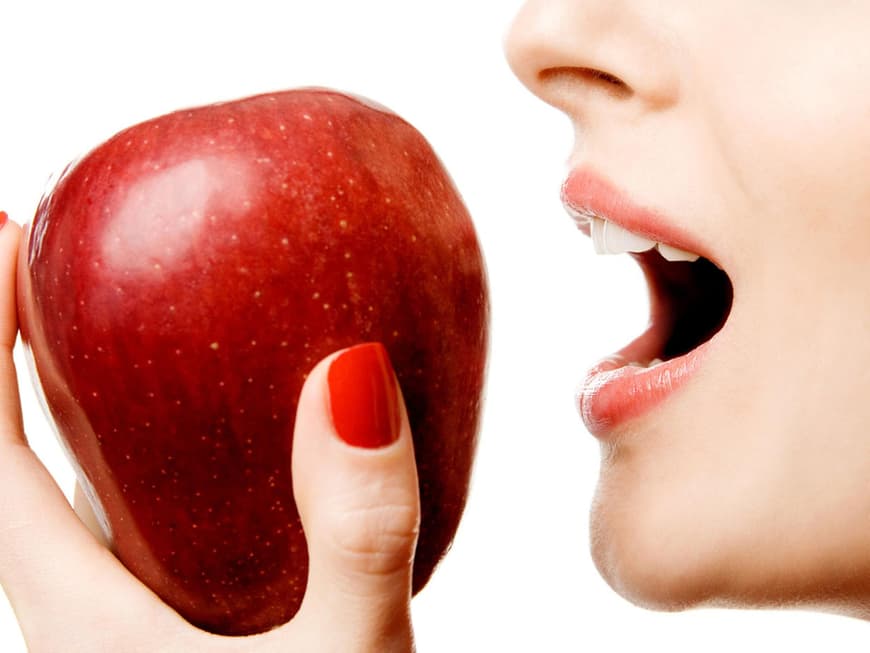
Decisive for apple allergy: bioactive substances
As discovered at the Institute of Food Technology in East Westphalia-Lippe together with the Charité in Berlin, polyphenols play a key role in apples. These are bioactive defensive substances in the fruit that have an antioxidant effect and influence color, aroma and acidity. Old traditional varieties are particularly good suppliers of these healthy substances and are therefore better tolerated than many new varieties such as Golden Delicious, Granny Smith or Pink Lady, which contain fewer polyphenols.
Fewer complaints with low-allergen apples
It is worthwhile for allergy sufferers to give the old varieties a try: By regularly eating low-allergen apples, it is possible to reduce symptoms and also become more resistant to problem apples. Many allergy sufferers tolerate "Santana" (in organic stores), a cross between Elstar and Priscilla, well. A list of varieties can be found at: www.bund-lemgo.de
Difference between cross-allergy and fructose intolerance
Hay fever sufferers are particularly affected: in addition to their allergy to pollen, they also develop a cross-allergy. This occurs because the allergens in tree pollen such as birch are similar to the protein structures in apples. If, on the other hand, the stomach rebels after eating apples, this is probably due to an intolerance to fructose, i.e. fruit sugar.
Old, digestible varieties
These original varieties are particularly well tolerated:
- Alkmene
- Berlepsch
- Boskoop
- Eifel Rambur
- Goldparmäne
- Gravensteiner
- Kaiser Wilhelm
- Rubinette
- Prince Albrecht of Prussia
- White winter bell apple
This might also interest you:
